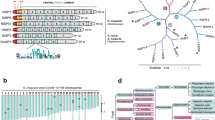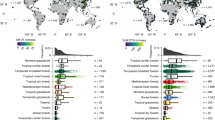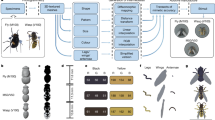Abstract
I AM rather surprised that Mr. Andrew Murray should have advanced his theory of mimicry being due to hybridisation, without adducing one solitary fact to prove that hybridisation between distinct families of insects ever occurs, or that, if it do occur, the offspring are fertile inter se. Mimicry is most frequent between very distinct families or higher groups, and often between different orders of insects. We may fairly consider that the “natural orders” of plants, as being the next well-marked groups above genera, are about equivalent to the families of insects, so that the analogy furnished by hybridisation among plants, on which alone Mr. Murray's theory is founded, wholly breaks down, unless he can show (which he has not done) that such hybridisation occurs between species of different “natural orders,” or of well-marked groups higher than genera. It would be mere waste of time to discuss the details of a theory whose fundamental assumption is not only quite unsupported by fact, but is diametrically opposed to the almost, if not quite, universal fact that hybrids do not occur between species of different families or higher groups.
This is a preview of subscription content, access via your institution
Access options
Subscribe to this journal
Receive 51 print issues and online access
$199.00 per year
only $3.90 per issue
Buy this article
- Purchase on SpringerLink
- Instant access to full article PDF
Prices may be subject to local taxes which are calculated during checkout
Similar content being viewed by others
Rights and permissions
About this article
Cite this article
WALLACE, A. Mimicry versus Hybridity. Nature 3, 165–166 (1870). https://doi.org/10.1038/003165b0
Issue date:
DOI: https://doi.org/10.1038/003165b0



